When you are planning your yard and garden space, don't dismay about shady locations! Many plants need sun, but there are lots that do well in partial and full shade, as well. Planting perennials in your shady garden is the perfect option because they don't require as much maintenance as annual plants, and you'll have a more easily managed space. From trees to shrubs to flowers and vegetables, there are plenty of shade-loving options.
Jump to:
- Shade Loving Shrubs
- Oakleaf Hydrangea
- Mountain Laurel
- Lily of the Valley Shrub (also known as Japanese Pieris or Andromeda)
- Yew
- Serviceberry
- Summersweet (Clethra)
- Camelia
- Shade Loving Trees
- Magnolia
- Japanese Maple
- Crape Myrtle
- Sumac
- Redbud
- Hornbeam (Ironwood or Musclewood)
- Shade Loving Flowers & Plants
- Leopard Plant (Ligularia)
- Monkshood (Wolfsbane, Aconitum)
- Violas
- Hellebores (Lenten Rose)
- Siberian Bugloss
- Heuchera (Coral Bells)
- False Goat's Beard
Shade Loving Shrubs
Oakleaf Hydrangea
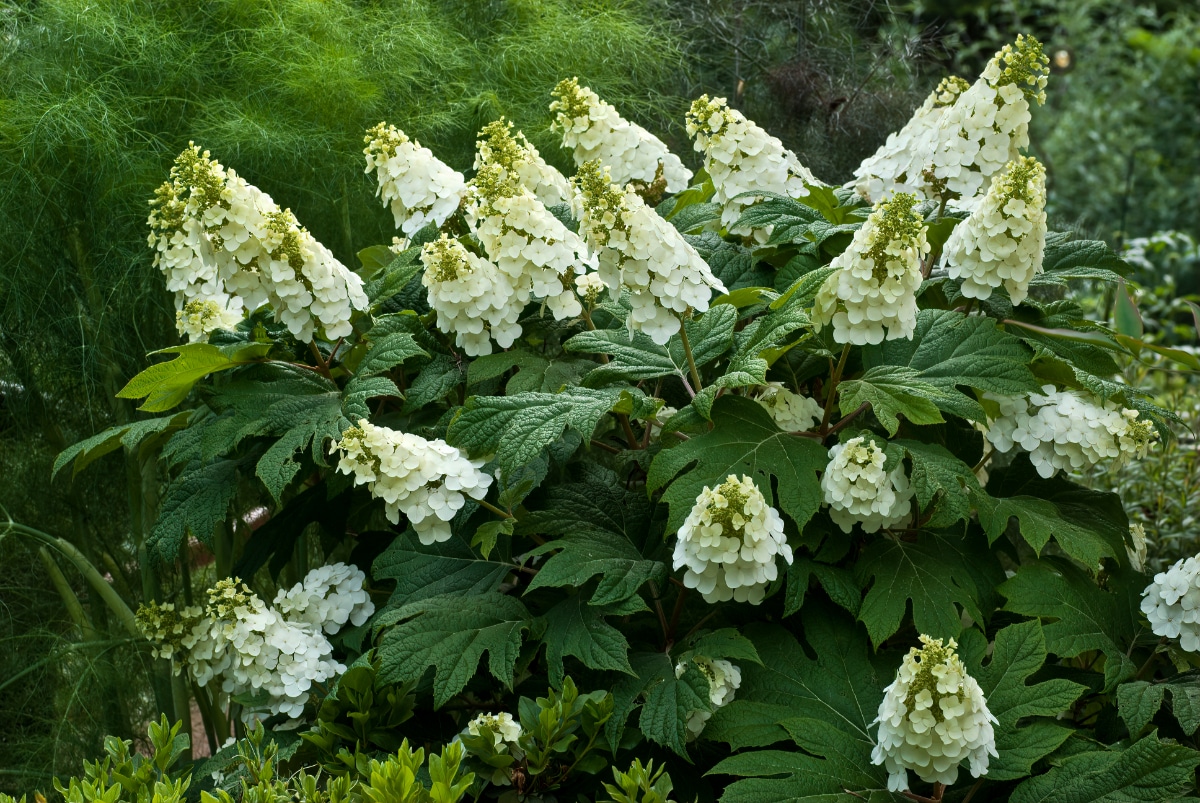
A native perennial, oakleaf hydrangea, will thrive in partial shade. While this shrub prefers a bit of sun, it also will grow well in full shade. In the summer, the leaves are bright, brilliant green. Then, in fall, the leaves change to burgundy or red and then turn bronze. The flowers are bright white blooms with a tint of pink as they mature, adding a beautiful highlight to your yard. Oakleaf hydrangea is hardy to zones 5b-9.
Mountain Laurel
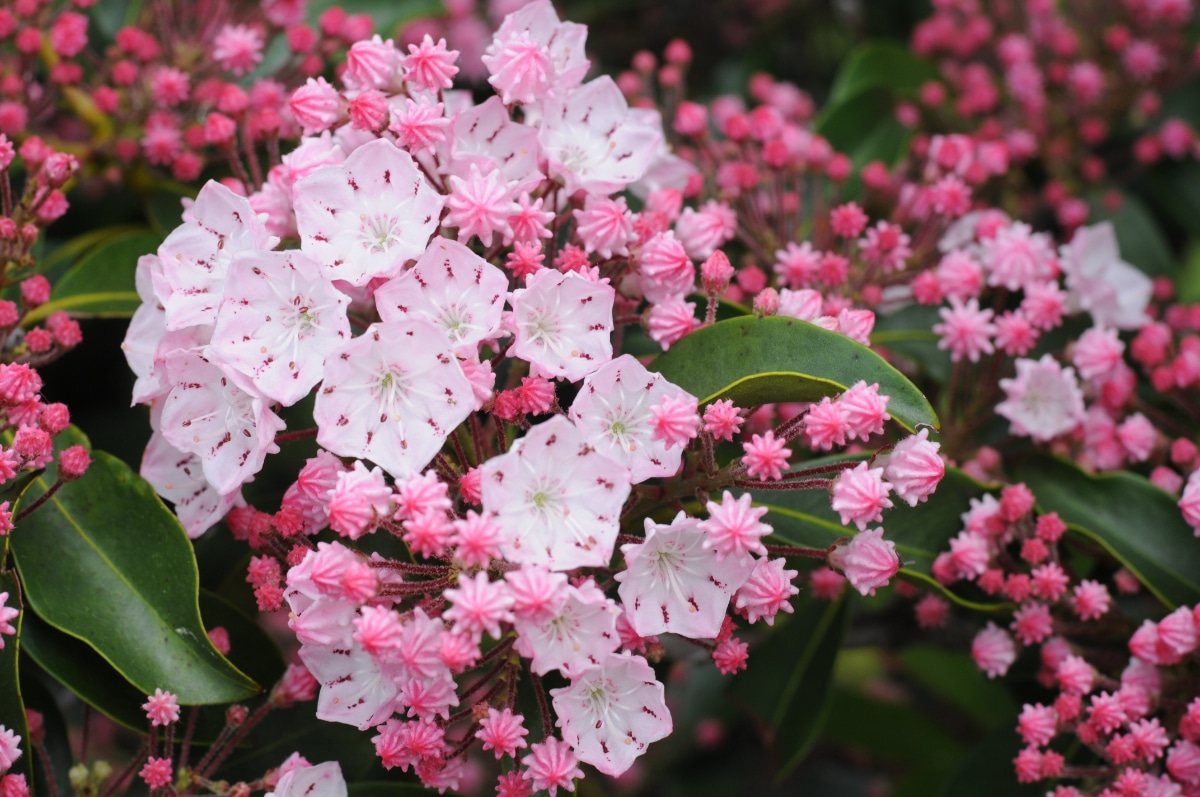
Another native perennial, Mountain Laurel, adds immense appeal to the landscape. The true native blooms huge bunches of beautiful white flowers, but there are many outstanding color options with this perennial. We recommend "Pink Charm" with its stunning displays of bright pink flowers, or "Minuet" with flowers that are light and dark pink with a vibrant red band. We also absolutely love the "Peppermint" cultivar, which has bright white flowers with dark red streaks radiating from the center. Mountain Laurel leaves are dark green and evergreen, so even when it's not in bloom, it is appealing in the yard. This shrub prefers partial sun or light shade but will also grow in a fully shaded location. It will produce fewer flowers in full shade, though. Hardy to zones 5-9.
Lily of the Valley Shrub (also known as Japanese Pieris or Andromeda)
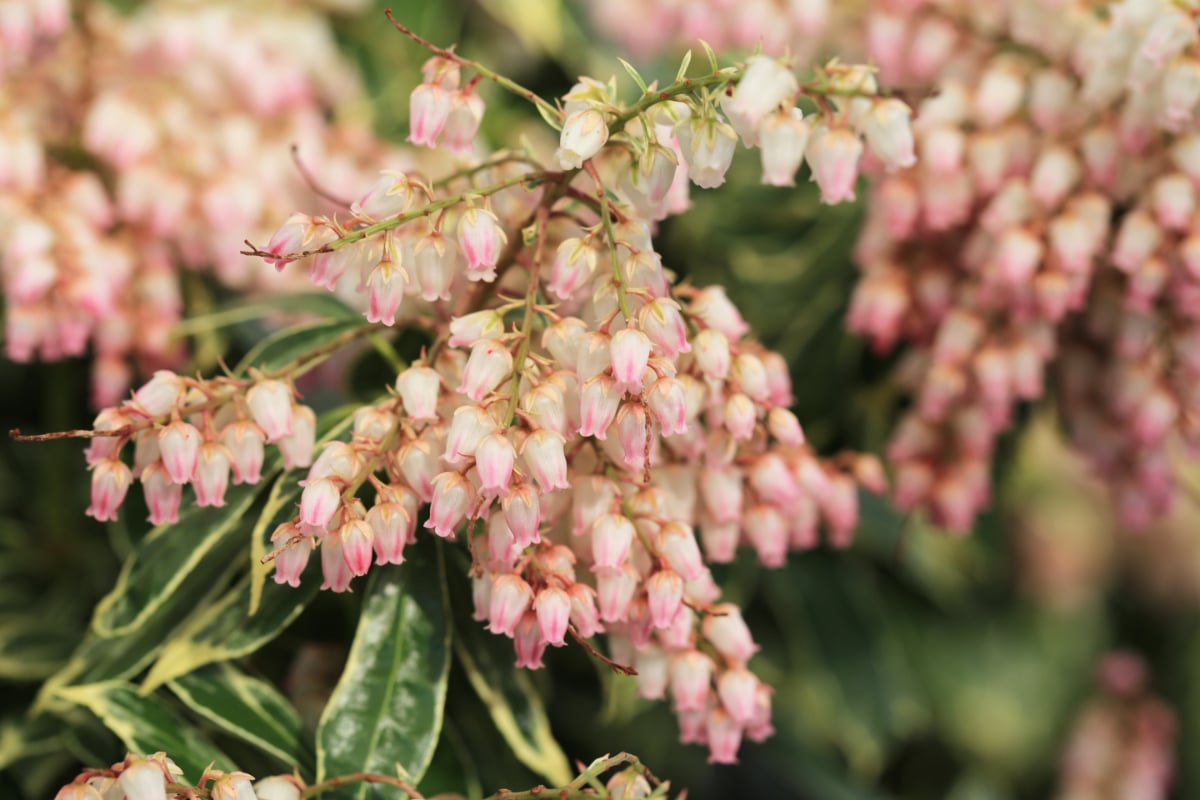
This slow-growing perennial shrub produces cascades of white or pink flowers in the spring. Even when it's not in bloom, the broad abundant evergreen leaves are eye-catching. Lily of the Valley shrub is so named because the dangling chains of flowers resemble the groundcover lily of valley blooms. Partial shade is best for this shrub; full shade isn't recommended. Lily of the Valley shrub is hardy in zones 5-8.
Yew

The versatility of this evergreen shrub makes it a popular landscaping choice. It is available in a wide variety of sizes and shapes, so you're sure to find one that fits your space. Yew makes an excellent natural hedge, border, or screen along property lines or works well to section off portions of the yard. Part of the appeal for Yew shrubs is that they will grow in full sun, partial shade, or full shade. Yews are long-living evergreens, and their dark-green, soft needles look good all year long. They produce bright-red cones that look like berries. Some varieties grow up to 30 feet tall, while others only get to 2-4 feet. Be sure to choose the appropriate one for your space. Yews are easily pruned to maintain a specific shape or size. Hardy to zones 4-7.
Serviceberry
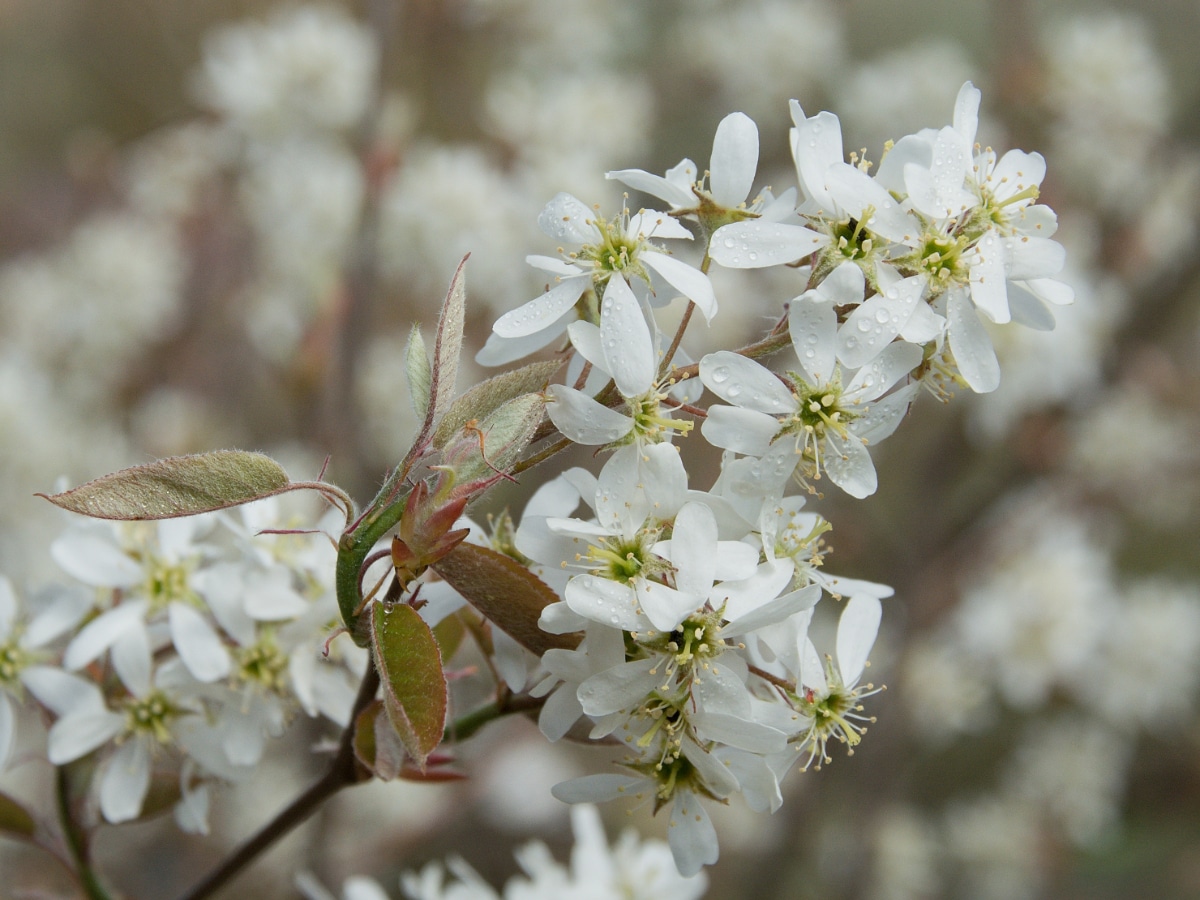
A native perennial tree that grows more like a shrub, Serviceberry provides aesthetic appeal throughout the year. In the spring, the multitudes of small white flower clouds attract lots of pollinators. As the seasons move into summer, Serviceberry trees produce edible, purple berries that the birds love. Then, in fall, the dark-green leaves turn deep red, adding a gorgeous and attractive element to the backyard when so many other trees lose their leaves and most flowers have gone past. This tree does well in partial shade but not full shade. Serviceberry is hardy in zones 2-9, depending on the cultivar.
Summersweet (Clethra)
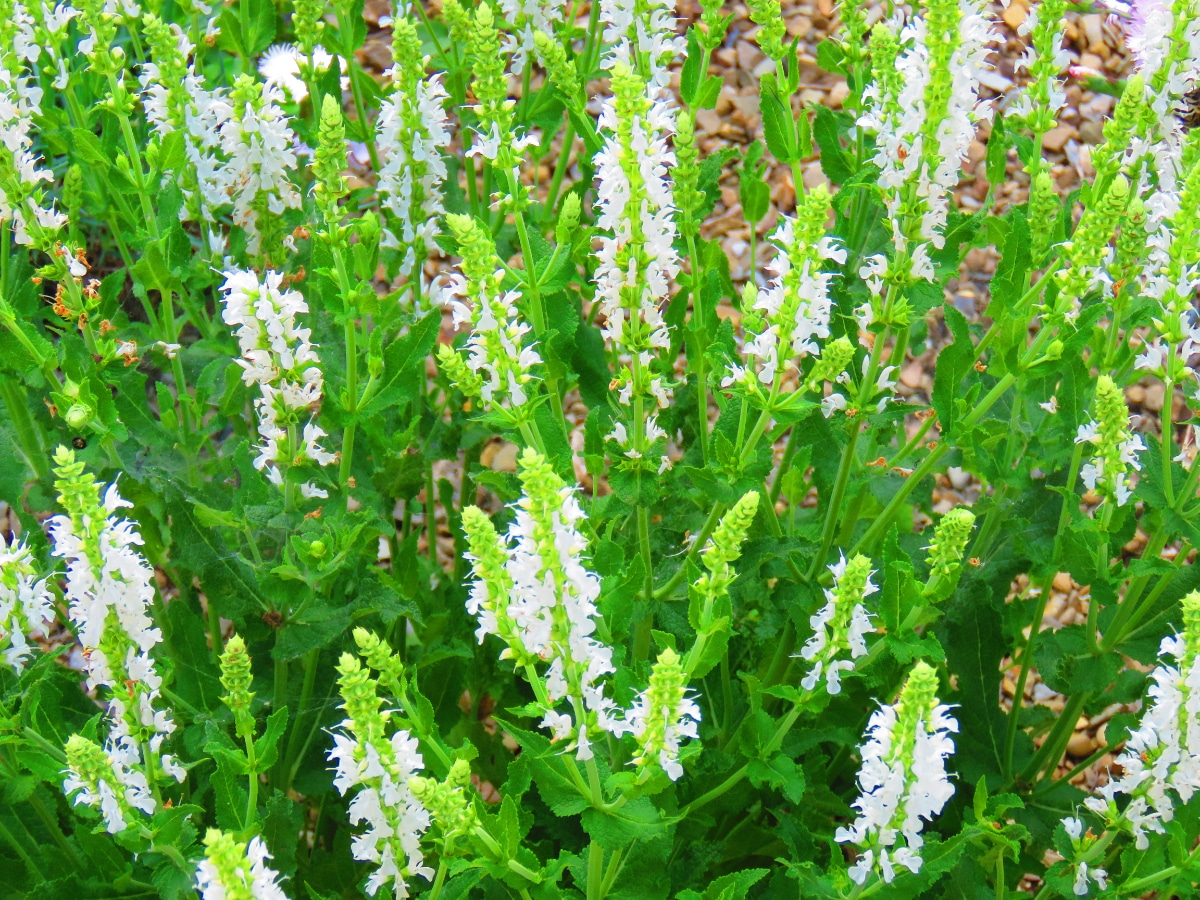
If you want to attract hummingbirds (and who doesn't?), plant Summersweet in your yard. Hummingbirds love the alluring plumes of white or pink flowers that bloom in late summer. They're also an important food source for many insects when other flowers are done blooming. The leaves are deep-green and glossy in spring and summer; then, they turn golden yellow in fall. A native shrub, Summersweet likes partial shade or full sun. As a bonus, deer really don't like this perennial and will avoid it. If you've got a large deer population, plant Summersweet along the borders of your yard to deter them. Summersweet grows 4-6 feet tall and is hardy to zones 3-9.
Camelia
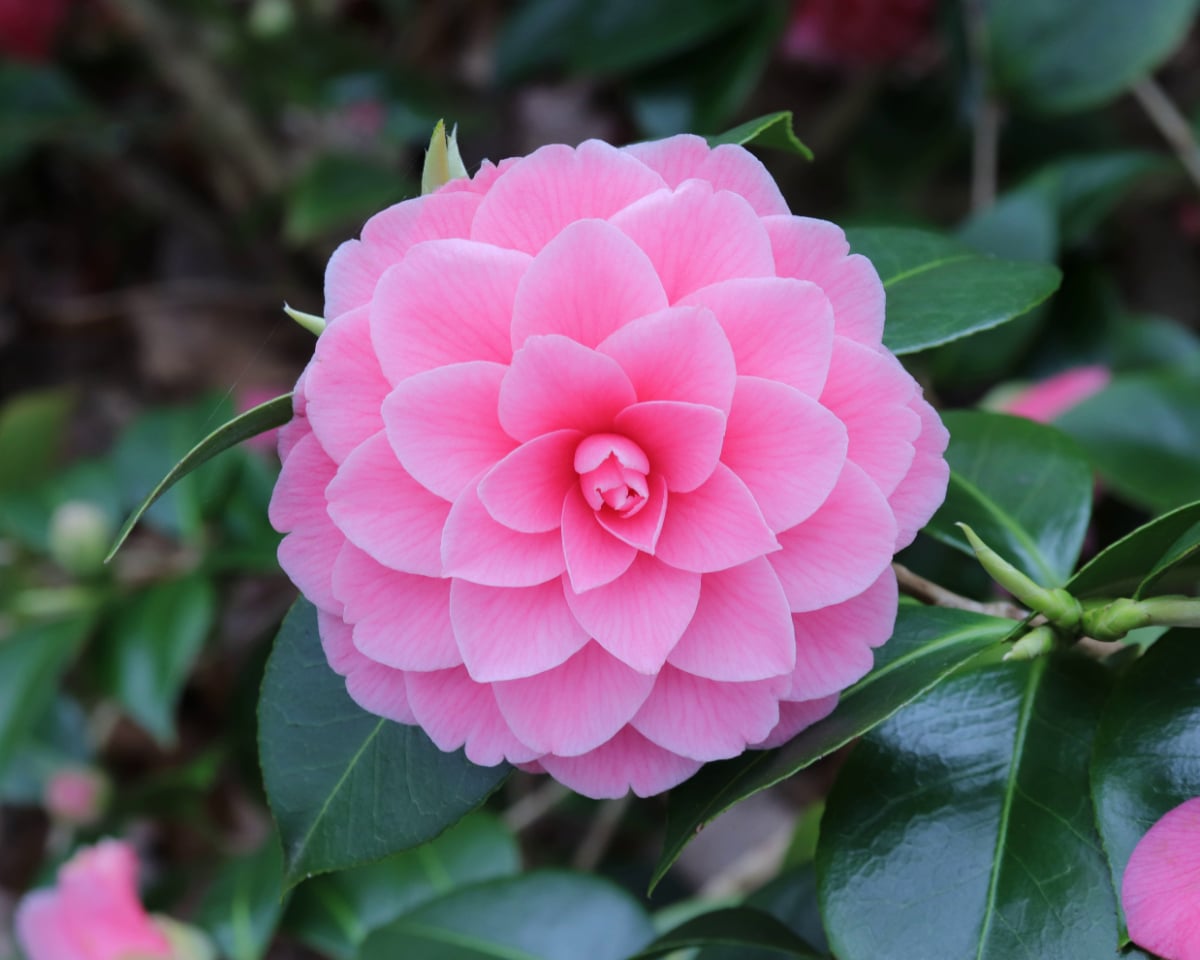
No list would be complete without this stunning blooming shrub. The flowers are enormous, fragrant, bloom through the fall and winter, and come in various colors. Camelia is a low-maintenance perennial shrub with a long life. It has glossy thick deep-green leaves that are lightly serrated on the edges. Best of all, Camelia prefers full or partial shade. Hardy zones 7-9.
Shade Loving Trees
Magnolia

Not only are these trees shade-loving, but they're also gorgeous in full bloom. The flowers are substantial vibrant pink or purple displays and intensely fragrant. Magnolias sport evergreen leaves that are large, deep-green, and glossy. Some varieties reach up to 25-feet tall, while others stay around 15-feet. Be sure you know which one you're getting if space is an issue. Magnolias are hardy in zones 4-9. Light shade is best for magnolias, or if you live in an especially hot climate, a spot with protection from the mid-summer day sun is preferred.
Japanese Maple
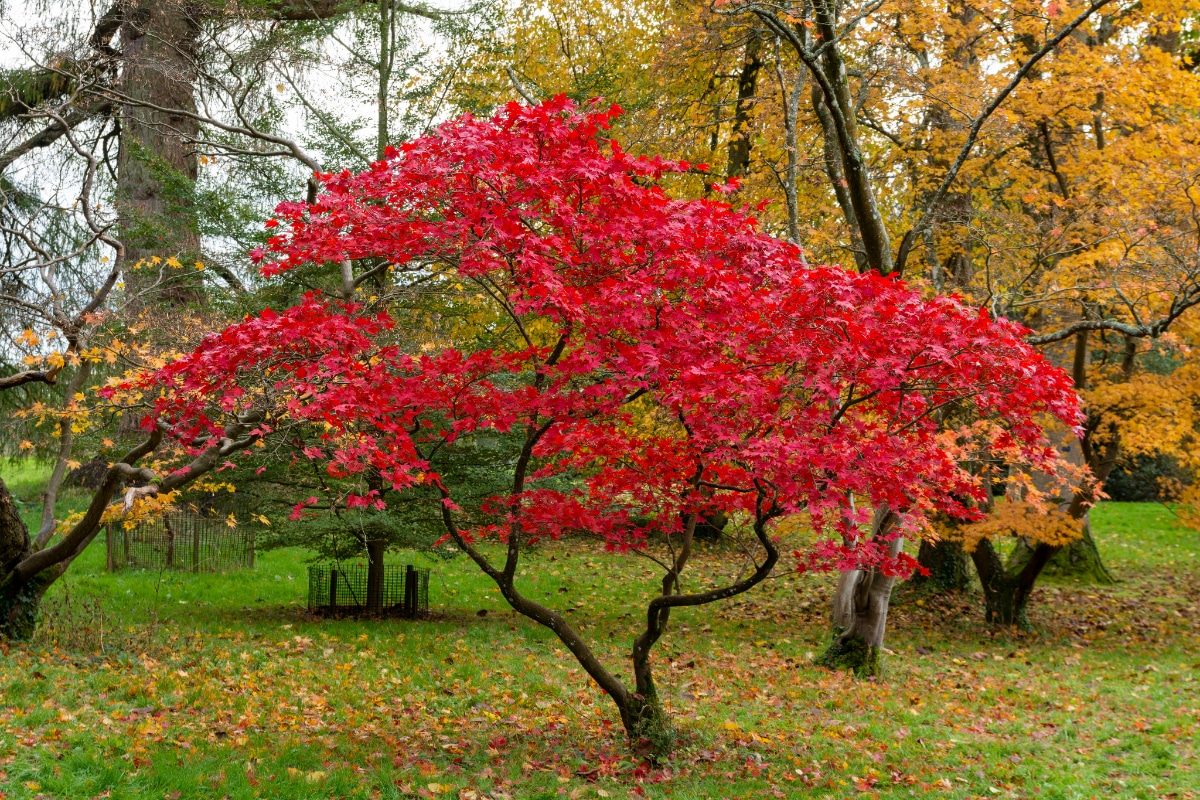
The foliage on this tree is striking. Japanese Maple leaves are red or green and multi-lobed; they add an interesting aesthetic dynamic to the yard. However, it is in fall, when they change colors, that they really stand out. The leaves transform to an eye-catching and alluring red, yellow, orange, or purple that give off a majestic vibe. The flowers of Japanese Maple are red or purple and small, and pretty, but the foliage is the real draw with this tree. Japanese Maples prefer filtered sunlight or partial shade. Ranging in size from 15-25 feet, this tree is hardy in zones 5-9.
Crape Myrtle

Not all Crape Myrtles like shade, but many do, so be sure to pay attention when picking the variety. The lush, prolific summer blooms will leave you wonderstruck. Crape Myrtles bloom either pink, white, red, or lavender flowers at the end of their branches. Drought-tolerant as well as partially shade tolerant, crape myrtles look good everywhere. They do best with filtered sunlight instead of full shade; that's how you get the best flower blooms. These trees grow upwards of 40-feet and are best left unpruned, except to control unruly growth. In addition to brilliant blooms, the cinnamon brown trunks also add interest and appeal to the landscape.
Sumac
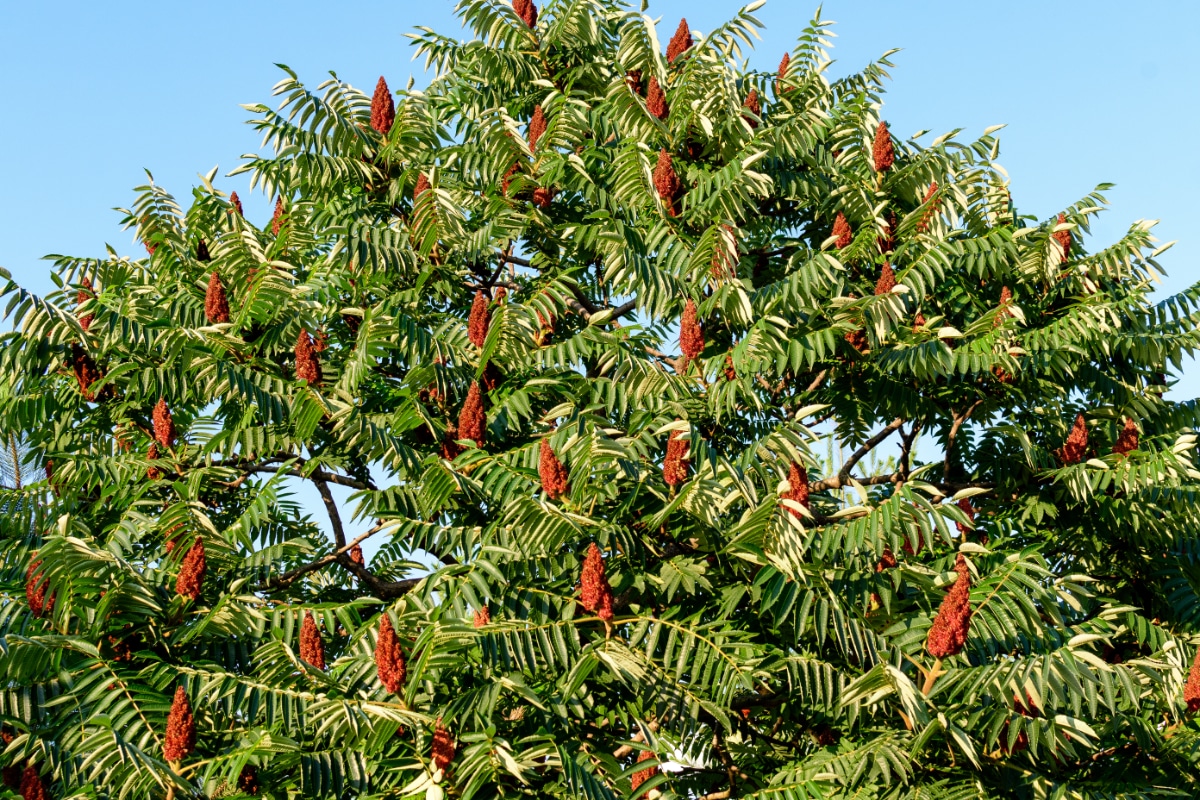
Drought-tolerant and shade-flexible, Sumac is an excellent choice for landscapes without a lot of sun or poor soil. The deciduous varieties produce striking fall foliage, while the evergreen types give amazing color year-round. Smooth Sumac and Staghorn Sumac are the most popular options and are widely available in plant nurseries. These trees are also beloved by wildlife for shelter and food. In the spring, the flowers are abundant and showy with their brilliant yellow-green coloring. The berries are bright red and prolific and often last through winter, which is why the birds value them; they are an essential food source when other options aren't available. Sumac is hardy to zones 3-9, depending on the variety.
Redbud

The brilliance of the Redbud blooms can't be overstated. They are also extremely easy to maintain, making them a popular landscape choice. Redbuds create excellent borders but stand out planted singularly, too. These trees don't grow that tall, averaging 15-35 feet with long heart-shaped green leaves. Compared to other trees, they don't live long, usually only making it to 15-20 years, but they are well worth planting for the spring blooms. Redbud trees like a partially shaded location and are hardy in zones 4-8.
Hornbeam (Ironwood or Musclewood)
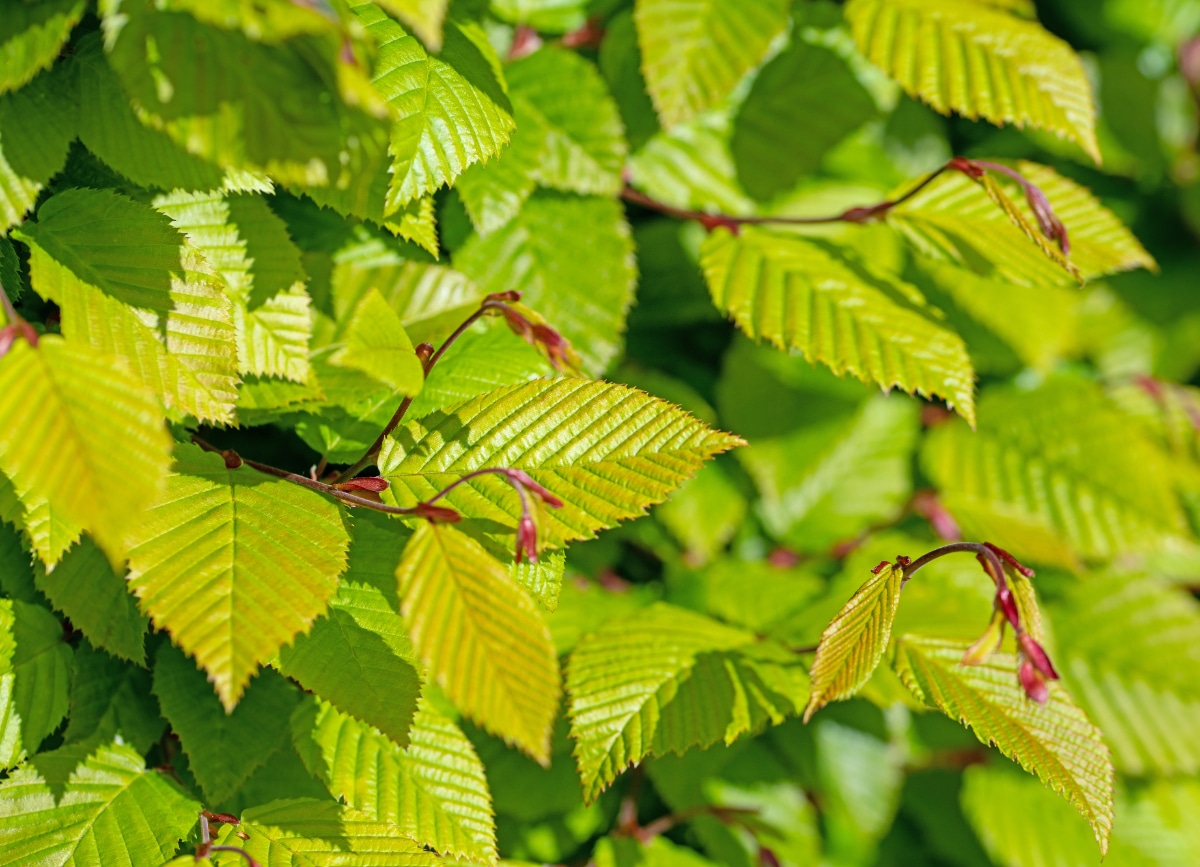
A tough tree that doesn't grow very large, Hornbeams grow well in partial shade and in turn, provide shade for wildlife. In the early summer, the tree comes alive with green catkins – narrow, cylinder-shaped flower clusters. After they flower, they produce sets of small nuts. In fall, the green toothed leaves light up with a reddish-orange color display. The bark of Hornbeam is also attractive, slate gray, thin, and mostly smooth. Birds and small animals like the little nuts and often use the branches to shelter and nest. Hornbeams grow between 25-35 feet and are hardy to zones 3-9.
Shade Loving Flowers & Plants
Leopard Plant (Ligularia)
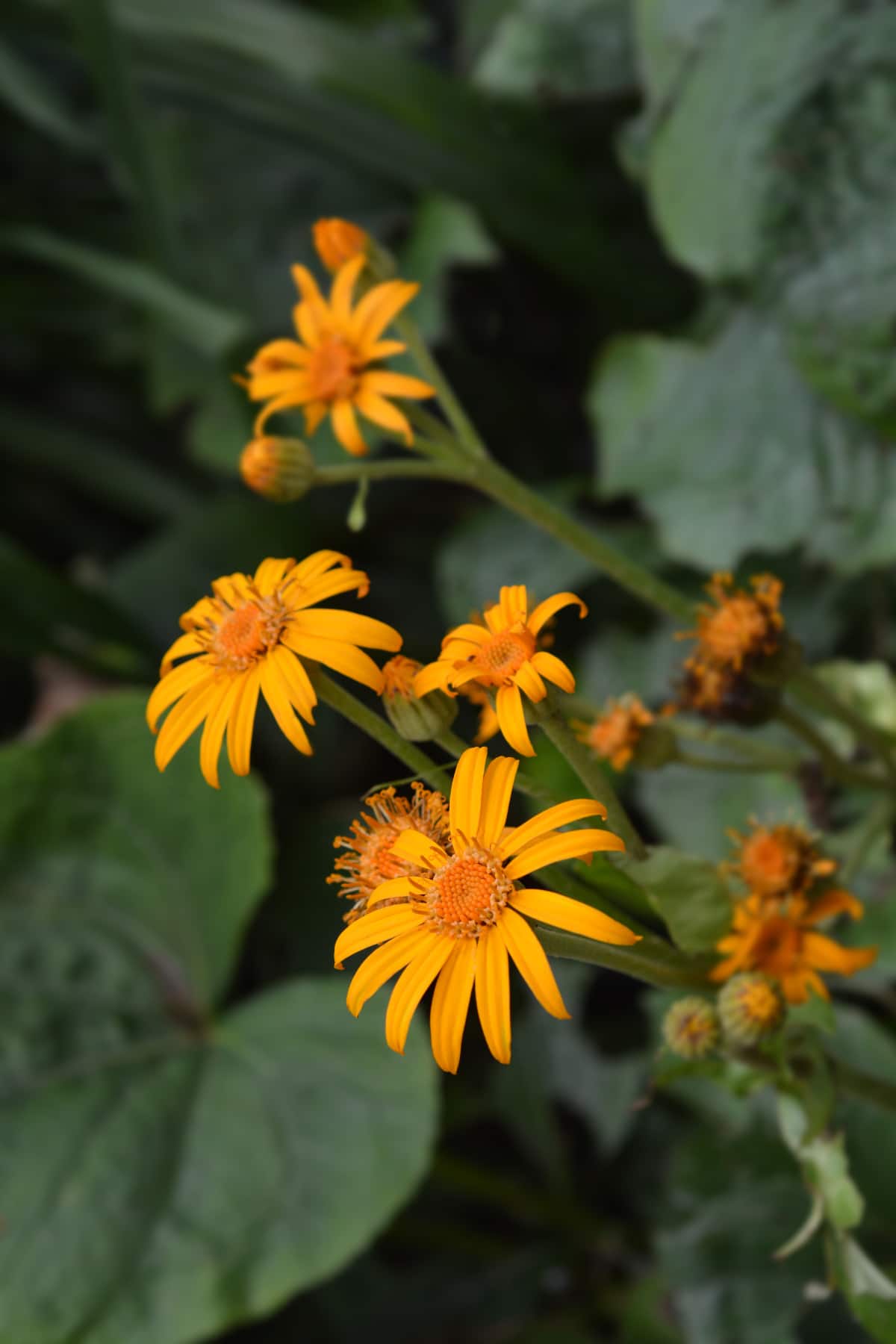
With dozens of varieties to choose from, this uniquely colored plant is perfect for the shade garden. As a bonus, deer dislike it, so you don't have to worry about it getting eaten. Ligularia leaves are large, glossy, and deep-green on top and purple underneath. The brilliant yellow flowers bloom on stalks or tall spikes above the foliage, ensuring no one misses them when they're in bloom. The contrast of bright-yellow blossoms floating above huge dark-green leaves is spectacular. Best of all, they will grow in full or partial shade. Hardy to zones 4-9.
Monkshood (Wolfsbane, Aconitum)
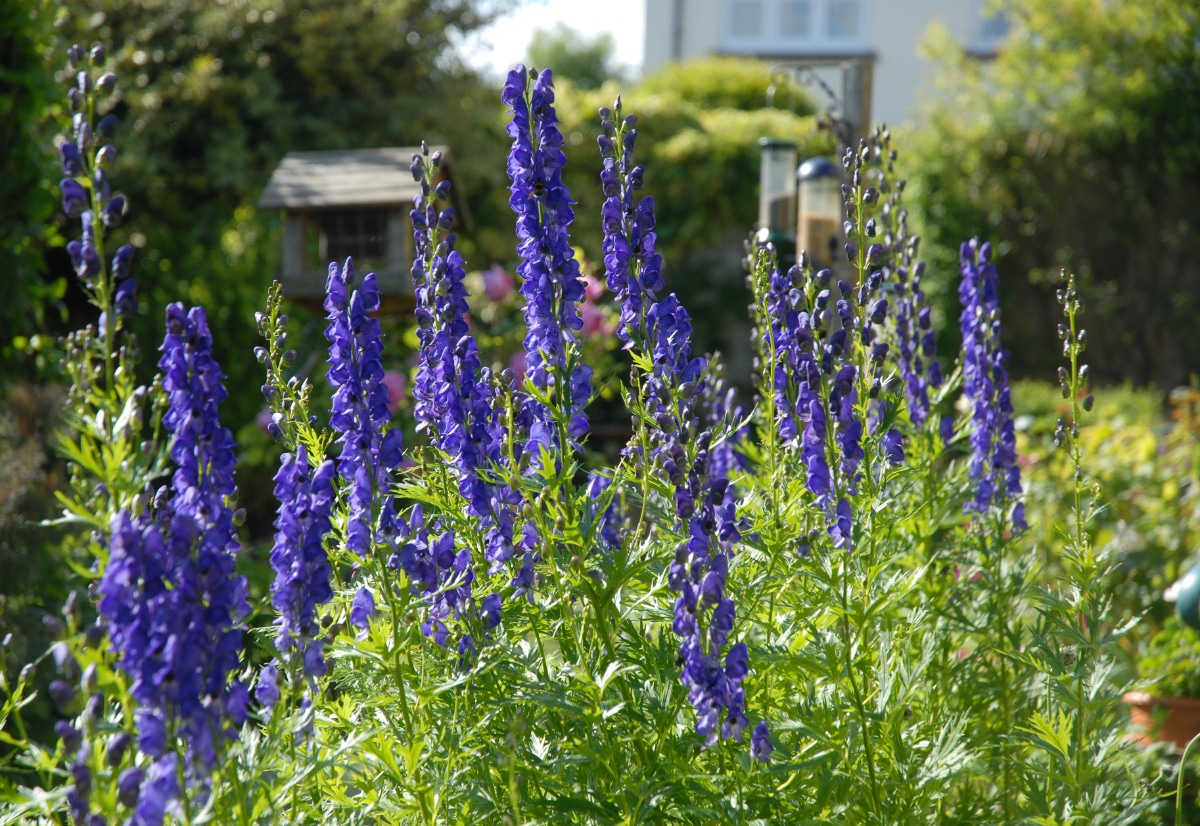
The brilliant blue and deep-purple fall-blooming flowers of this plant will leave you mesmerized. Monkshood flowers blossom on tall 2-3-foot tall stalks above the dark-green, toothed foliage, announcing themselves to the world. They prefer growing in partial shade, making them an excellent addition to the shade garden. Be warned, though, these plants are highly toxic to people and animals, so don't plant them anywhere they will be easily accessible to kids or pets. Hardy to zones 3-7.
Violas
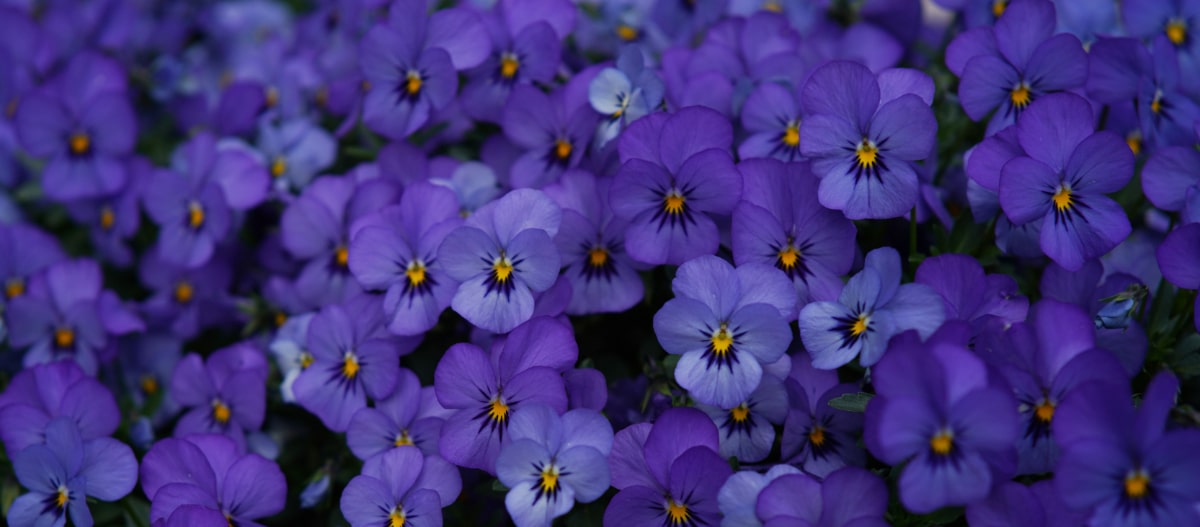
This well-known brilliant flower prefers some shade as opposed to full sun. They grow low to the ground, flower profusely, and look stunning wherever you plant them. Violas are perfect border or bedding plants, filling up empty spaces with ease. There are plenty of varieties and color combinations to choose from, so you can easily find one you like. Violas are hardy perennials in zones 6-11. In colder climates, they are an annual.
Hellebores (Lenten Rose)
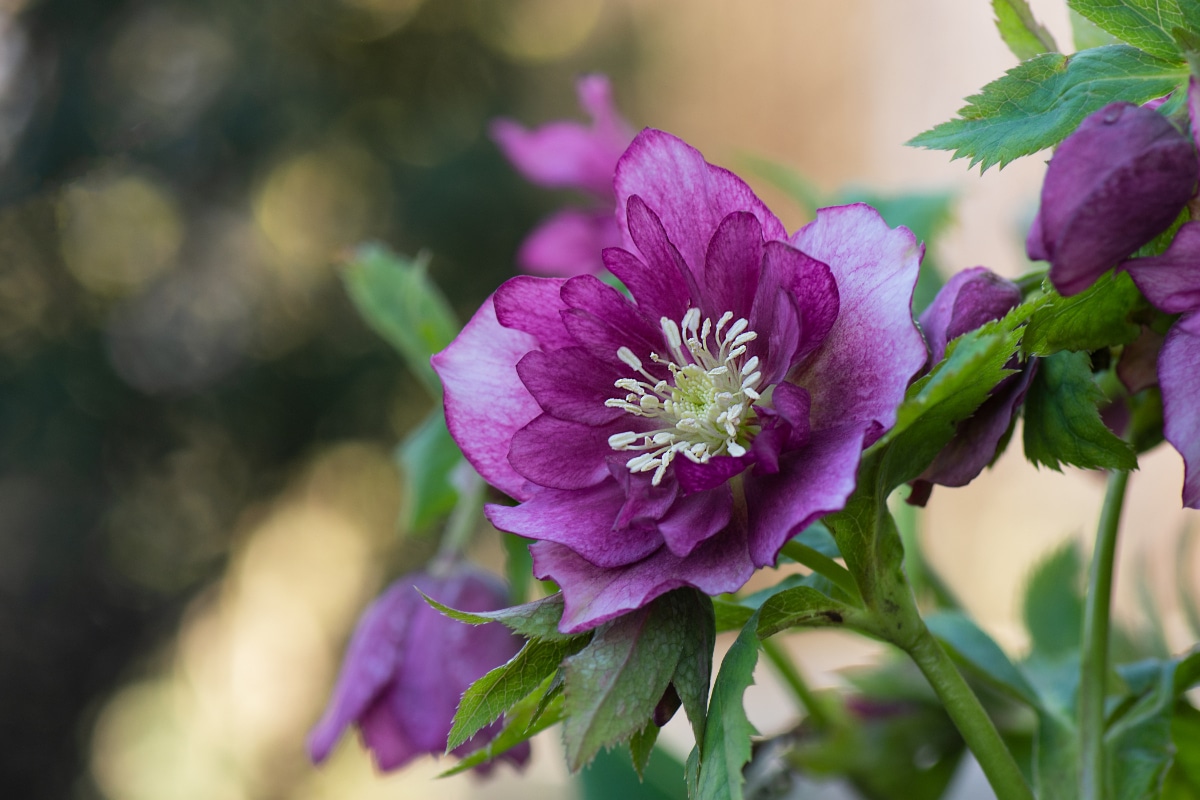
Every shade garden needs at least one Hellebore plant. Hellebores are tolerant of drought, neglect, and shade, making them one of the most flexible flowering plants available. Plus, their large flowers, which bloom in winter, are stunning. They come in a variety of bloom colors, from white to green to purple to yellow. There are two main types within the Hellebore species: caulescent (with stems) and acaulescent (without stems). Both will look brilliant in the garden, but the stemless varieties are the most long-lived and easiest to find. A note about buying Hellebores – if you can, buy them in bloom so you'll know the flower color. Most varieties aren't named, and if the exact strain's parentage isn't known, the flower could be anything. Even if the parentage is known, the offspring may not be accurate to form. On the other hand, it's rather fun to buy them and wait to see what blooms! Hellebore is hardy in zones 4-9.
Siberian Bugloss
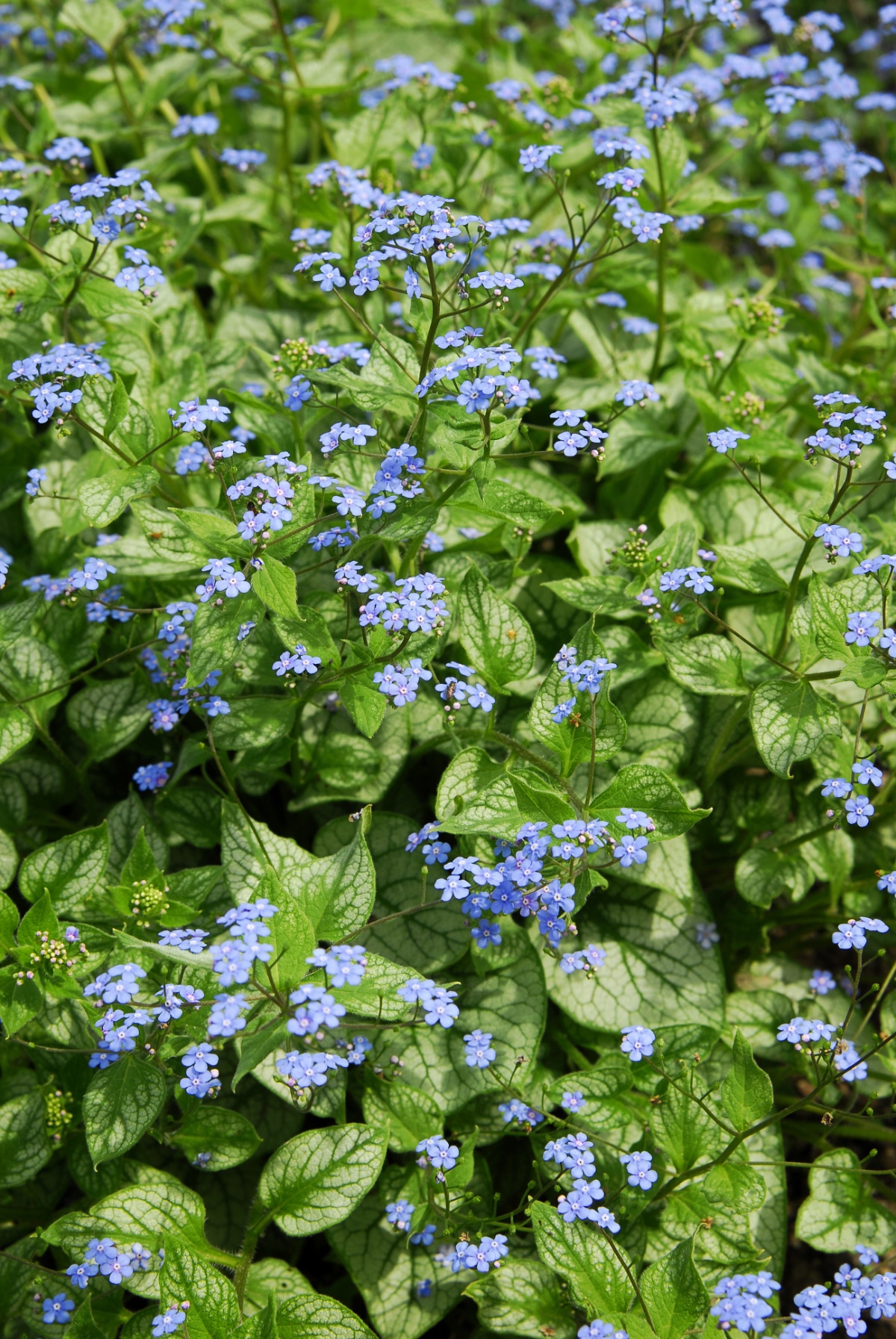
With attractive green heart-shaped foliage and sweet clumps of tiny blue flowers, this shade-loving plant is ideal for your landscape. The flowers bloom in spring and are sweet and pretty, but the real attraction is the large multi-colored or variegated leaves. Plus, they're straightforward to care for and grow easily in most places. A wide planting of Siberian Bugloss looks like a carpet of lush greens. This perennial is great planted in full shade, and it prefers the cooler northern summers. It is rabbit and deer resistant and hardy to zones 3-8.
Heuchera (Coral Bells)
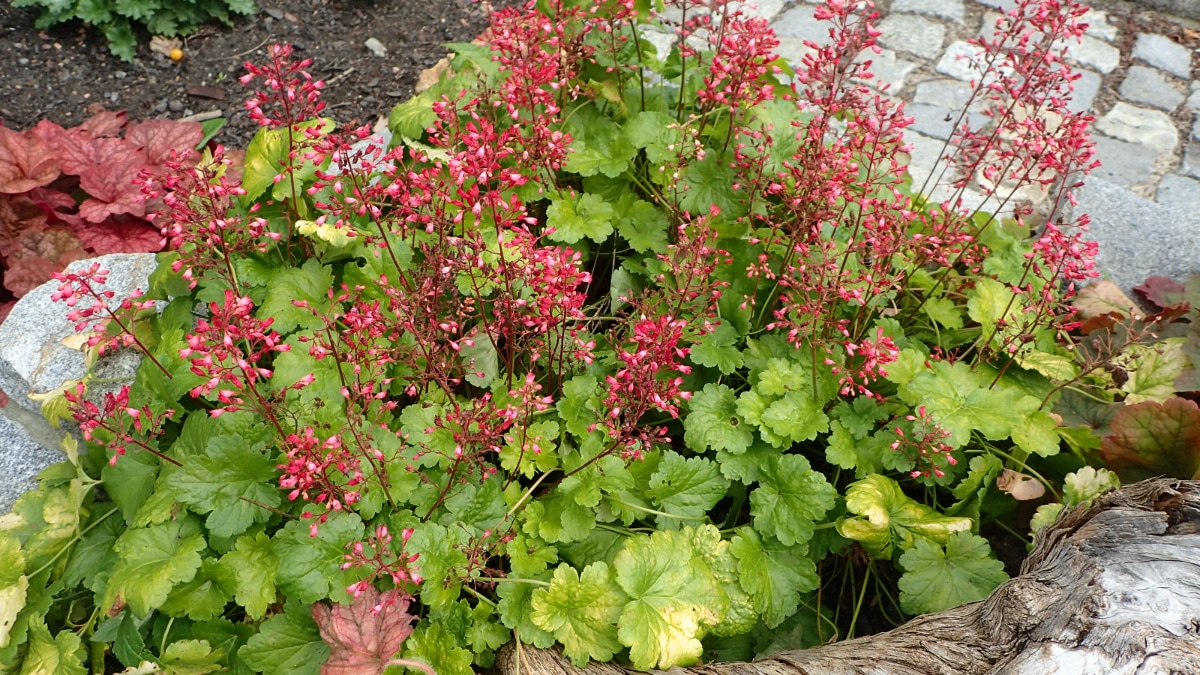
Another plant grown for its incredible foliage, Heuchera will add a massive splash of color to the shade garden. The leaves are usually burgundy or deep purple, but there are also lime green and red varieties. In the spring, they produce long stalks of minuscule bell-shaped flowers that are sweet and dainty looking. With long-lasting delicate flowers and striking foliage, this shade-appreciating perennial is a no-brainer. Hummingbirds and butterflies love the flowers, while deer and rabbits generally avoid it. Heuchera is hardy in zones 4-9.
False Goat's Beard
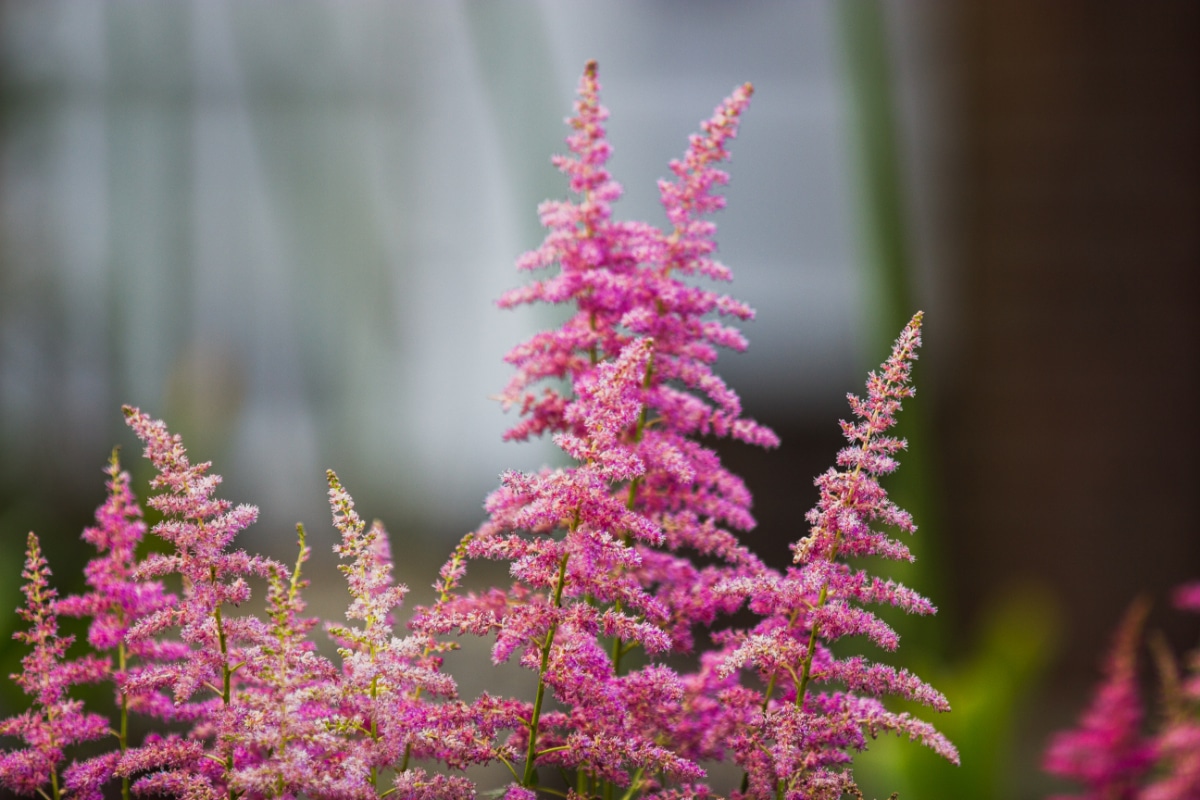
A flower that gives a stunning display of tall white or purple blooms, False Goat's Beard is the perfect shade-appreciating plant. False Goat's Beard is a native option that is drought and heat resistant. The dark-green feathery foliage is attractive even when it is not in flowering. When they bloom, the stalks of flowers reach up to 2-feet above the foliage and stay bright and inviting for up to four weeks, which the native pollinators love. False Goat's Beard is hardy to zones 5b-8.
As you can see, there are lots of options for the shade garden. And, this list only includes a small portion of the possibilities. The most challenging thing to grow in a shade garden is vegetables, but even there, it is possible. If you've been holding off planting in the shady areas of your yard, don't delay any longer. Fill that space with beautiful and interesting plants that will enhance your backyard and uplift your spirits.

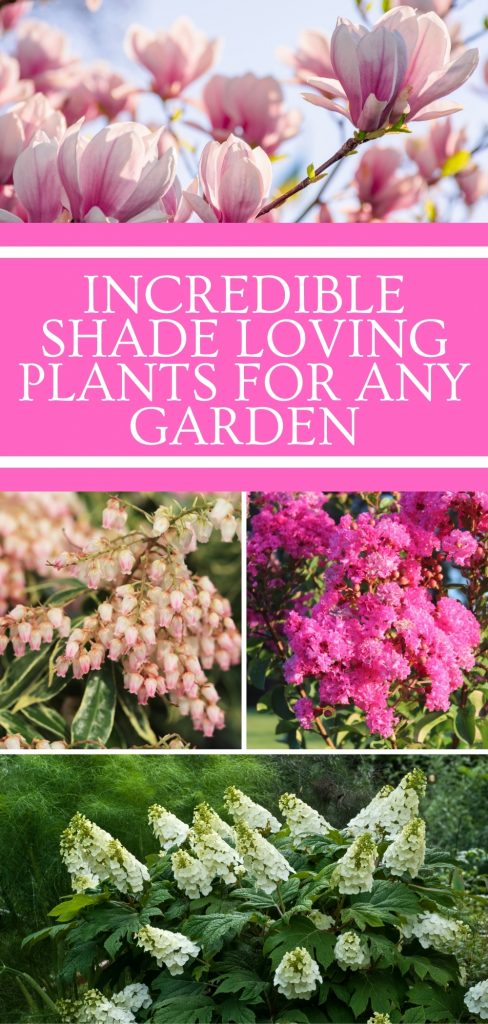
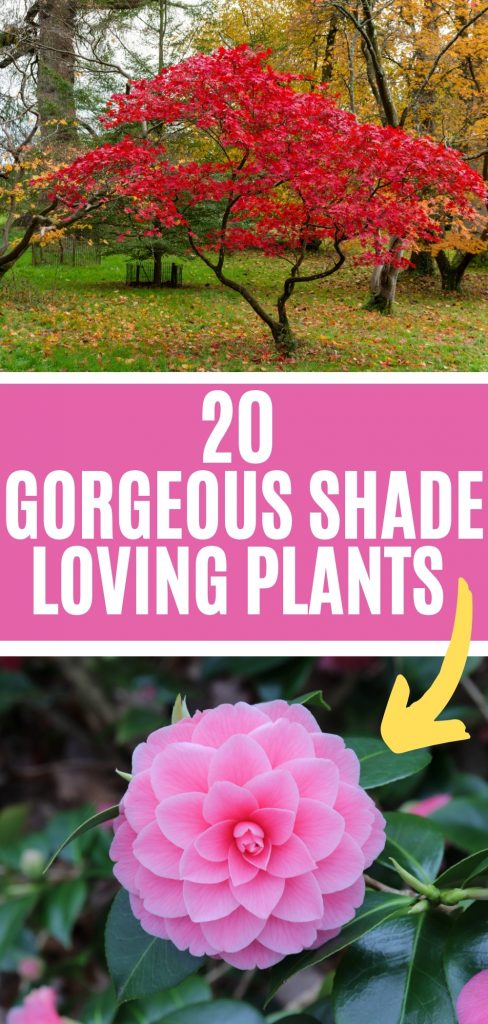
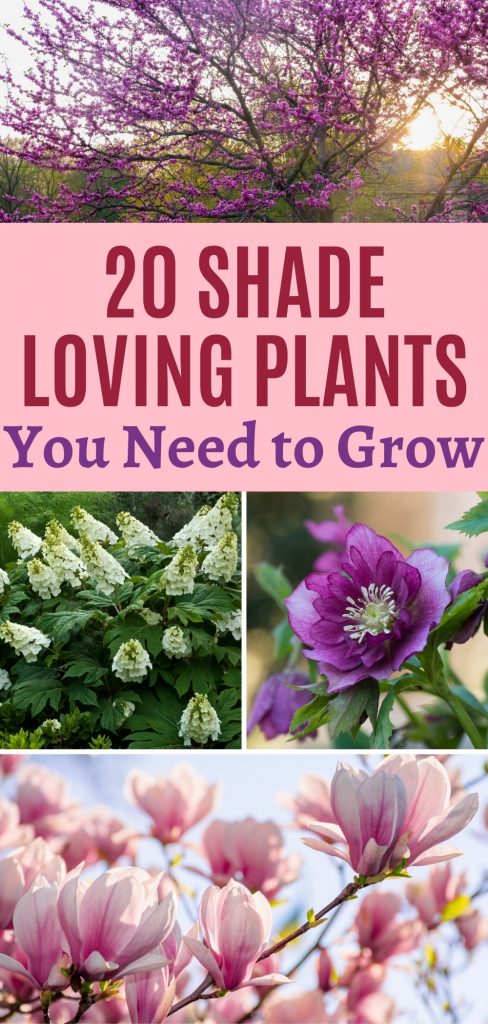

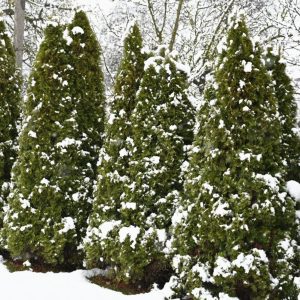


Pam
Such great info for Florida planting. Thank you